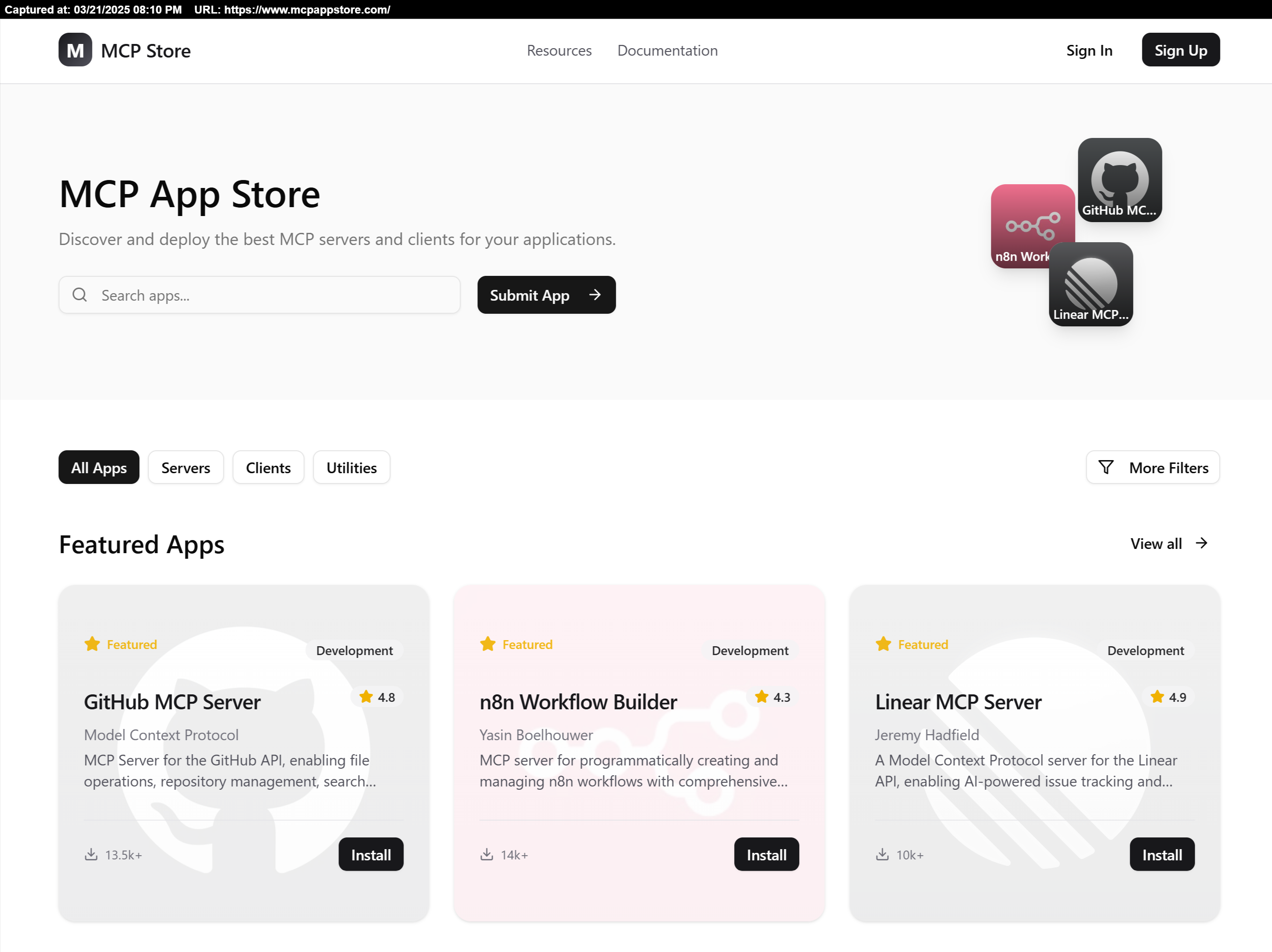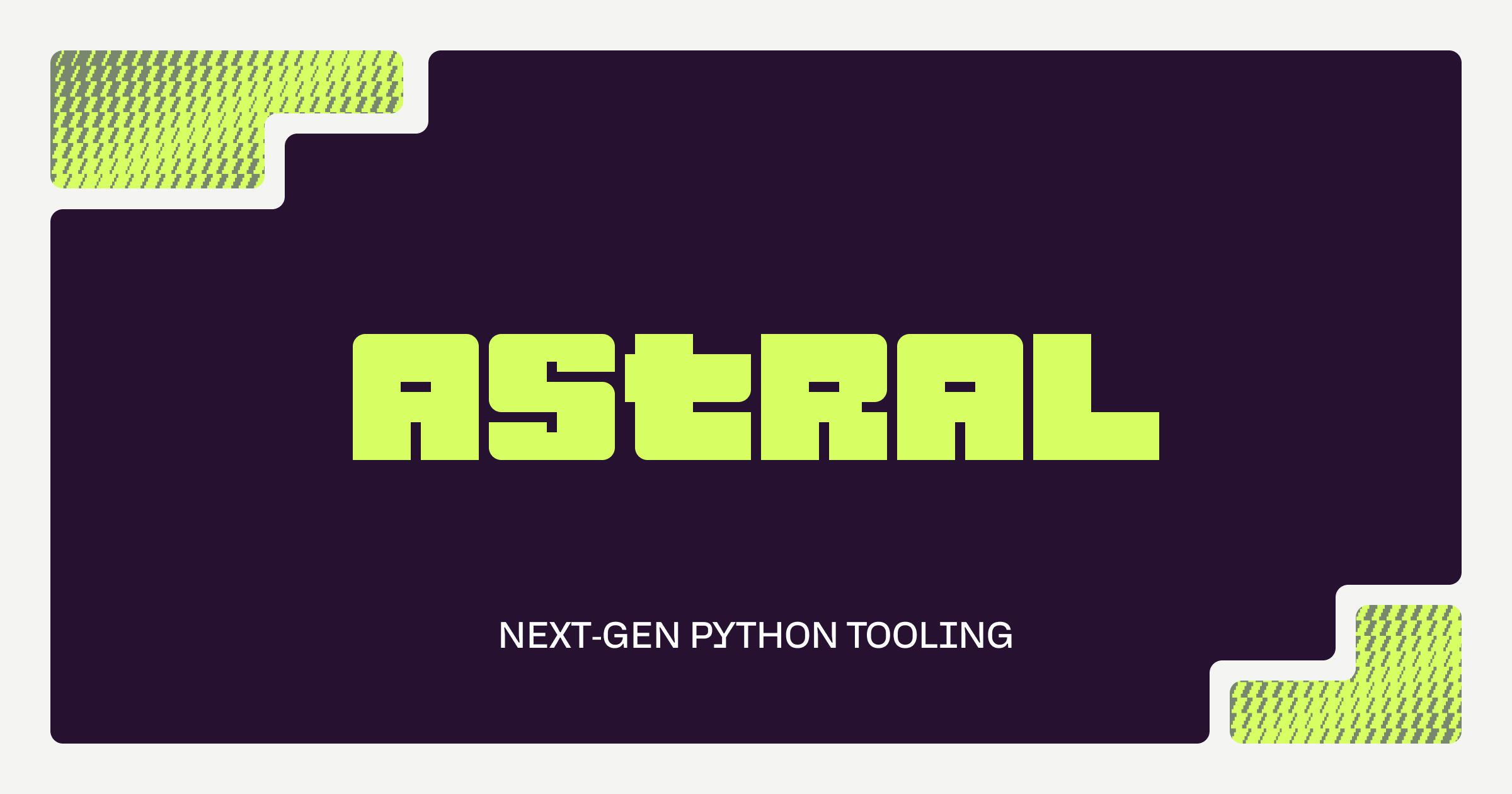MCP clients are shaking up the way we interact with AI agents, and This New MCP Client Lets You Integrate So Many MCP Servers. This video dives into everything from a basic MCP tutorial to advanced integrations using various MCP servers. Whether you’re running a file system MCP server, a Python MCP server, or even a Cursor MCP server, OpenMCP has you covered. We’ll also explore niche setups like Claude MCP, Anthropic MCP, and setups that utilize the model context protocol—be it Anthropic model context protocol or Claude model context protocol.
Resources & Links:
OpenMCP GitHub: https://github.com/CopilotKit/open-mc...
Composio.dev (MCP Server Library): https://mcp.composio.dev/
Notion Guide (Documentation): https://composio.notion.site/Cursor-M...
Along the way, you’ll learn how to connect multiple AI agents, including cutting-edge solutions like the model context protocol AI agent and MCP AI agent. Plus, we’ll chat about LLM tech, integrate Cursor AI with traditional setups, and even throw in some playwright automation tips for streamlined workflows.
In this video, I cover: What MCP and model context protocol are all about
Why OpenMCP is a game-changer for AI and automation
Hands-on demos with popular tools like Gmail, Notion, and Google Drive
How to integrate AI setups—from Claude AI and Anthropic Claude to more experimental systems
A step-by-step guide for installing and running your own MCP servers (yes, including file system, Python, and Cursor variants) without the headache of API keys and env variables
OpenMCP is still evolving, and with all these powerful tools like Claude, Anthropic, and Cursor, the future of AI automation looks super promising. Let me know your thoughts in the comments, and if you dig this content, hit like, subscribe, and stay tuned for more cool AI-powered workflow hacks!
https://youtu.be/xEyKT5iY0W0?si=ZvnbFqlYu-A9_0q_
Resources & Links:
OpenMCP GitHub: https://github.com/CopilotKit/open-mc...
Composio.dev (MCP Server Library): https://mcp.composio.dev/
Notion Guide (Documentation): https://composio.notion.site/Cursor-M...
Along the way, you’ll learn how to connect multiple AI agents, including cutting-edge solutions like the model context protocol AI agent and MCP AI agent. Plus, we’ll chat about LLM tech, integrate Cursor AI with traditional setups, and even throw in some playwright automation tips for streamlined workflows.
In this video, I cover: What MCP and model context protocol are all about
Why OpenMCP is a game-changer for AI and automation
Hands-on demos with popular tools like Gmail, Notion, and Google Drive
How to integrate AI setups—from Claude AI and Anthropic Claude to more experimental systems
A step-by-step guide for installing and running your own MCP servers (yes, including file system, Python, and Cursor variants) without the headache of API keys and env variables
OpenMCP is still evolving, and with all these powerful tools like Claude, Anthropic, and Cursor, the future of AI automation looks super promising. Let me know your thoughts in the comments, and if you dig this content, hit like, subscribe, and stay tuned for more cool AI-powered workflow hacks!
https://youtu.be/xEyKT5iY0W0?si=ZvnbFqlYu-A9_0q_
MCP clients are shaking up the way we interact with AI agents, and This New MCP Client Lets You Integrate So Many MCP Servers. This video dives into everything from a basic MCP tutorial to advanced integrations using various MCP servers. Whether you’re running a file system MCP server, a Python MCP server, or even a Cursor MCP server, OpenMCP has you covered. We’ll also explore niche setups like Claude MCP, Anthropic MCP, and setups that utilize the model context protocol—be it Anthropic model context protocol or Claude model context protocol.
Resources & Links:
🔗 OpenMCP GitHub: https://github.com/CopilotKit/open-mc...
🔗 Composio.dev (MCP Server Library): https://mcp.composio.dev/
🔗 Notion Guide (Documentation): https://composio.notion.site/Cursor-M...
Along the way, you’ll learn how to connect multiple AI agents, including cutting-edge solutions like the model context protocol AI agent and MCP AI agent. Plus, we’ll chat about LLM tech, integrate Cursor AI with traditional setups, and even throw in some playwright automation tips for streamlined workflows.
In this video, I cover: ✅ What MCP and model context protocol are all about
✅ Why OpenMCP is a game-changer for AI and automation
✅ Hands-on demos with popular tools like Gmail, Notion, and Google Drive
✅ How to integrate AI setups—from Claude AI and Anthropic Claude to more experimental systems
✅ A step-by-step guide for installing and running your own MCP servers (yes, including file system, Python, and Cursor variants) without the headache of API keys and env variables
OpenMCP is still evolving, and with all these powerful tools like Claude, Anthropic, and Cursor, the future of AI automation looks super promising. Let me know your thoughts in the comments, and if you dig this content, hit like, subscribe, and stay tuned for more cool AI-powered workflow hacks!
https://youtu.be/xEyKT5iY0W0?si=ZvnbFqlYu-A9_0q_

·896 Views
·0 Reviews






